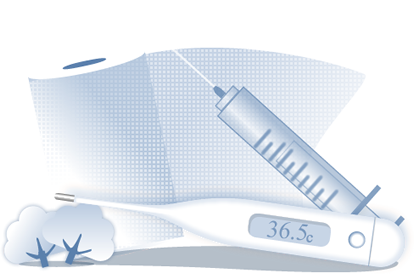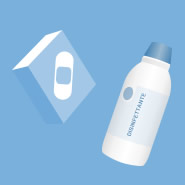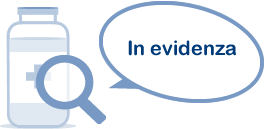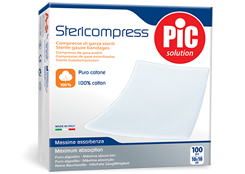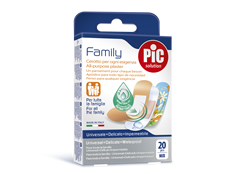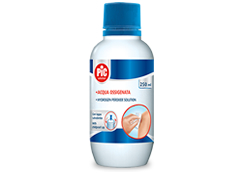
Disinfectants, weapons against infection
What do disinfectants used for preventing wound infections contain? There are 2 main solutions on offer by chemical science: sodium hypochlorite, the first modern disinfectant used during the First World War, and hydrogen peroxide.
The first thing to do when dealing with a wound, is to make sure to ward off any risk of infection. Bacteria and other dangerous substances can't wait for wounds to open the front door and let them into the human body. The only way to avoid this sort of attack from the outside is with disinfectants, remedies provided by chemical science whose job it is to get rid of these unwanted guests. There are 2 reasons for using disinfectants: to protect the wound from infection, and to reduce the risk for health workers of contracting other illnesses (like hepatitis B and C, HIV and bacterial and fungal conditions).
Quick, wide-ranging and compatible: the perfect disinfectant
The perfect disinfectant has to satisfy various requirements in order to be really effective: have a wide range of action against various microbes and viruses, to act quickly, and be tolerated by and compatible with the tissue area where it's being applied. On top of that, the ideal disinfectant should never interfere with the injury.
Free radicals: the disinfectant's action against bacteria
The job of the disinfectant is to kill the bacteria in the wound: it's a cleaning action that protects lthe wound from any attempts by the bacteria to settle in. The antibacterial action of the disinfectant also has an oxidizing effect, because when the solution comes into contact with the bacteria, it releases free radicals which tend to eliminate the source of the infection by oxidizing it.
The very first disinfectant: the Dakin-Carrel solution
Even now, most disinfectants originate from the first form of modern medical treatment, the Dakin-Carrel solution, invented at the end of the nineteenth century and based on sodium hypochlorite. Obviously these days these preparations are much less toxic than the original formula, but it's worth remembering that the Dakin-Carrel solution was the main medical treatment used during the First World War. But what was it exactly? The solution was, with a few minor contraindications, a variation of the active ingredient found in household bleach.
Disinfectants of yesterday and todayi
Although discovered over 100 years ago, sodium hypochlorite is still one of the main solutions used in disinfecting, albeit not to the same formula that it was in the 19th century. It's available in concentrations varying from 1.5 - 15%, and for domestic use usually doesn't exceed a concentration of more than 5% of active chlorine.
Getting to know hydrogen peroxide as a disinfectant
On the other hand, there's also what's known by its scientific name of hydrogen peroxide. Discovered at the beginning of the 19th century, it's a liquid chemical mixture that looks similar to water, which you can use to dilute it. Like sodium hypochlorite, hydrogen peroxide disinfects by oxidization, but is less effective, and its antibacterial action is not as strong.

